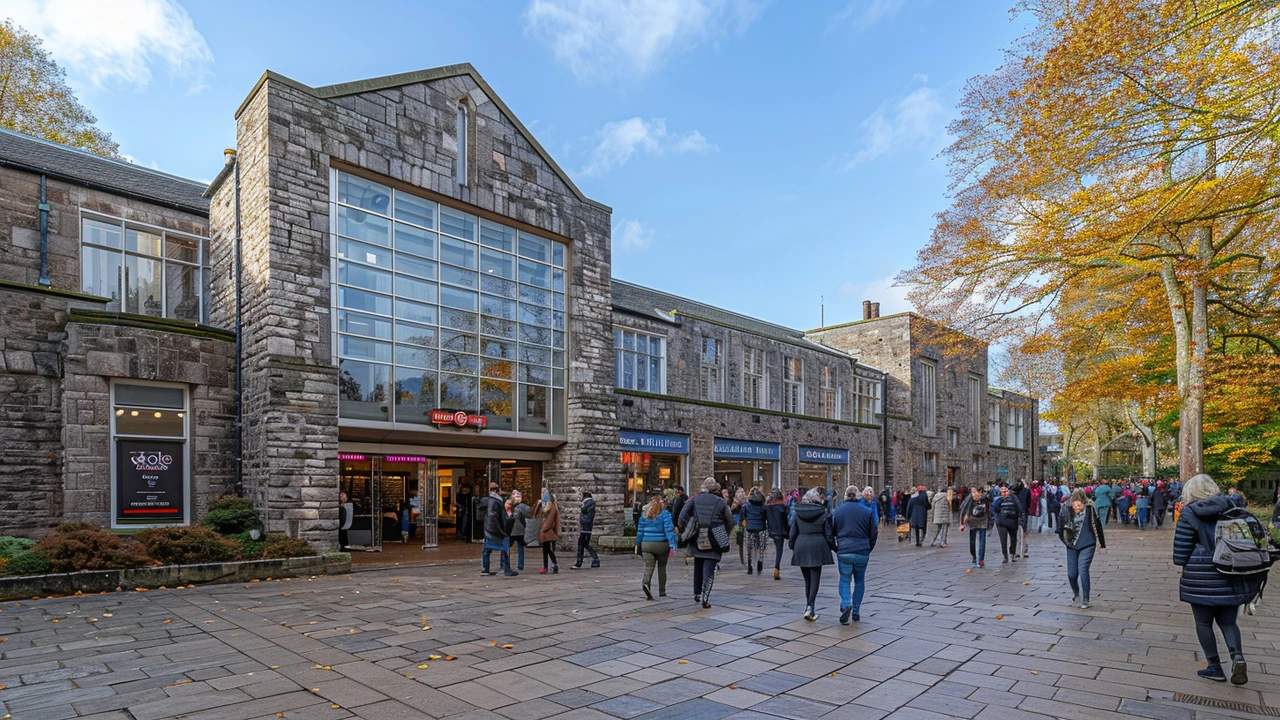Explore how Mid-Century Modern design has shaped urban landscapes, blending style and functionality in city planning. Discover the key elements of this architectural style, its historical significance, and tips on incorporating these concepts into modern urban environments.
Urban Planning: Practical Ideas for Better Cities
Urban planning shapes how people move, live, and work in a city. Good planning makes daily life easier and more enjoyable. This page gathers clear ideas you can use whether you are a resident, planner, or curious reader. I'll point to practical strategies, real design moves, and quick actions communities can try now.
Start with human-scale blocks and streets. Short blocks and connected streets make walking faster and more direct. Wide sidewalks, frequent crossings, and trees invite people outside. Look at Mid-Century Modern neighborhoods for examples of clean lines and functional public space that still feel approachable.
Mix uses within neighborhoods. Homes, shops, and small offices close together cut commute times. A cafe next to an apartment building not only serves residents but activates the street. Zoning that allows small shops and studios keeps neighborhoods lively at all hours.
Transport and mobility
Prioritize transit and safe cycling. Dedicated bus lanes move more people than a car lane. Protected bike lanes reduce crashes and encourage riders. Add bike parking near transit stops to close the last mile. Make sure transit stops are well lit, sheltered, and easy to find.
Rethink parking. Too much parking wastes space and raises housing costs. Use shared parking, time limits, and smaller minimums to free land for homes and parks. Where parking remains, design it under buildings or behind streets so it does not dominate the public realm.
Public space and resilience
Design public spaces for multiple uses. A plaza should host markets, concerts, and quiet afternoons. Use movable furniture so people can adjust the space. Add native plants and rain gardens to manage stormwater and cool hot streets.
Plan for climate shifts. Shade trees, permeable paving, and cool materials reduce heat islands. Flood-prone neighborhoods benefit from green infrastructure and elevated designs. Simple rules - like requiring trees on new streets - add resilience without big budgets.
Engage people early and often. Community workshops, quick surveys, and walking tours reveal real needs. Small pilots - like a temporary bike lane or popup park - test ideas before big investments. Share results openly so residents see progress and give feedback.
Use data but keep judgment local. Traffic counts, heat maps, and housing studies guide choices. Combine those numbers with local history and everyday knowledge. A planner who listens can turn data into projects that fit the neighborhood.
If you want deeper reads, check our pieces on Mid-Century Modern design and Constructivist architecture to see how styles influence city form. Both show different ways design shapes daily life and public space.
Start small, test fast, and design streets for people. That approach yields safer, greener, and more affordable cities that actually work for residents.
Want to act? Start a walking audit with neighbors to map trouble spots. Photograph intersections, note missing crossings, and track bus wait times for a week. Bring a short, photo-backed report to your local council or neighborhood group. Small evidence-backed asks get results faster than vague complaints.
Measure change and repeat regularly. Keep residents informed.
Hey, it's your favorite blogger here, coming at you with a fascinating piece on how Constructivist Architecture is changing the way our cities look. Packed full of nuggets from the history of this architectural style, its prevalence, and impact on modern cities, this article leaves no stone unturned. We take a dive into how architects and city planners are using Constructivist principles to shape cities, providing the perfect blend of functionality and aesthetics. If architecture is your thing, or you're just curious about what's shaping the skyline around you, this piece is a must-read!


